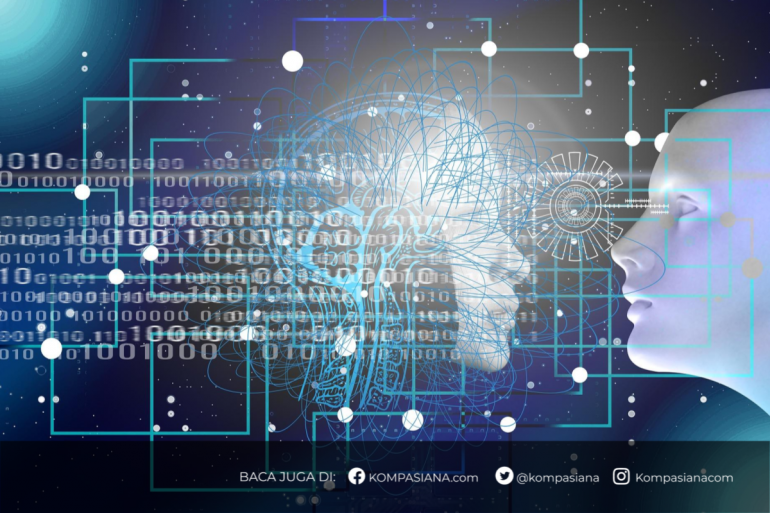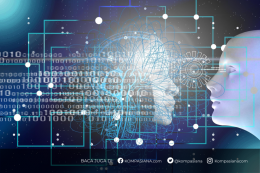Long-term learning might cause the AGI to update or alter its values unintentionally, especially when faced with environments vastly different from its training context.
d. Real-World Cases
Microsoft Tay (2016): Learned toxic behavior from Twitter in less than 24 hours.
-
GPT-4 Jailbreaks: Prompt injections revealing unintended capabilities (OpenAI, 2023).
5. Visualizing AGI Logic and Control
Below is a simplified Python sketch of AGI with safety mechanisms:
class AGI: def __init__(self): self.goals = [] self.memory = [] self.value_alignment = True def learn(self, data): self.memory.append(data) def act(self): if not self.value_alignment: raise Warning("Unaligned behavior detected!") # Execute action toward goal
Control mechanisms would monitor AGI's decision chain and flag anomalies or unsafe output. Logging systems, external human-in-the-loop interventions, and value validation layers can enhance safety. In advanced systems, behavior can be analyzed through interpretability tools to identify early signs of goal divergence.
6. Societal Impact and Safety Concerns
The introduction of AGI into society carries both immense benefits and significant risks. On one hand, AGI could revolutionize medicine, climate modeling, education, and space exploration. On the other hand, if poorly controlled, AGI could displace jobs, undermine decision-making, or even pose existential threats.
Public trust, regulatory oversight, and interdisciplinary research will be crucial. Ethical governance structures and international cooperation are needed to ensure AGI serves humanity, not the interests of a few powerful entities (UNESCO, 2021).







